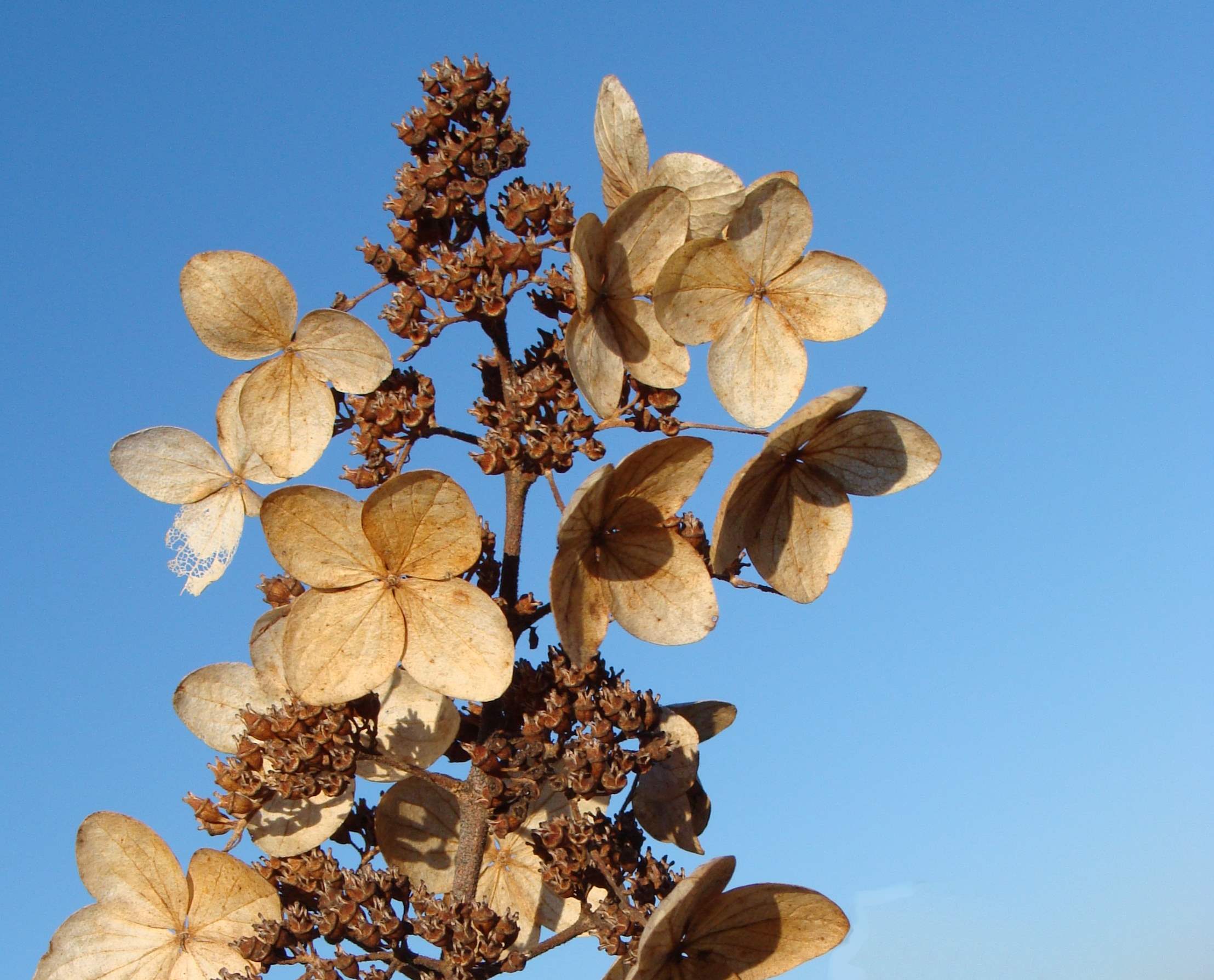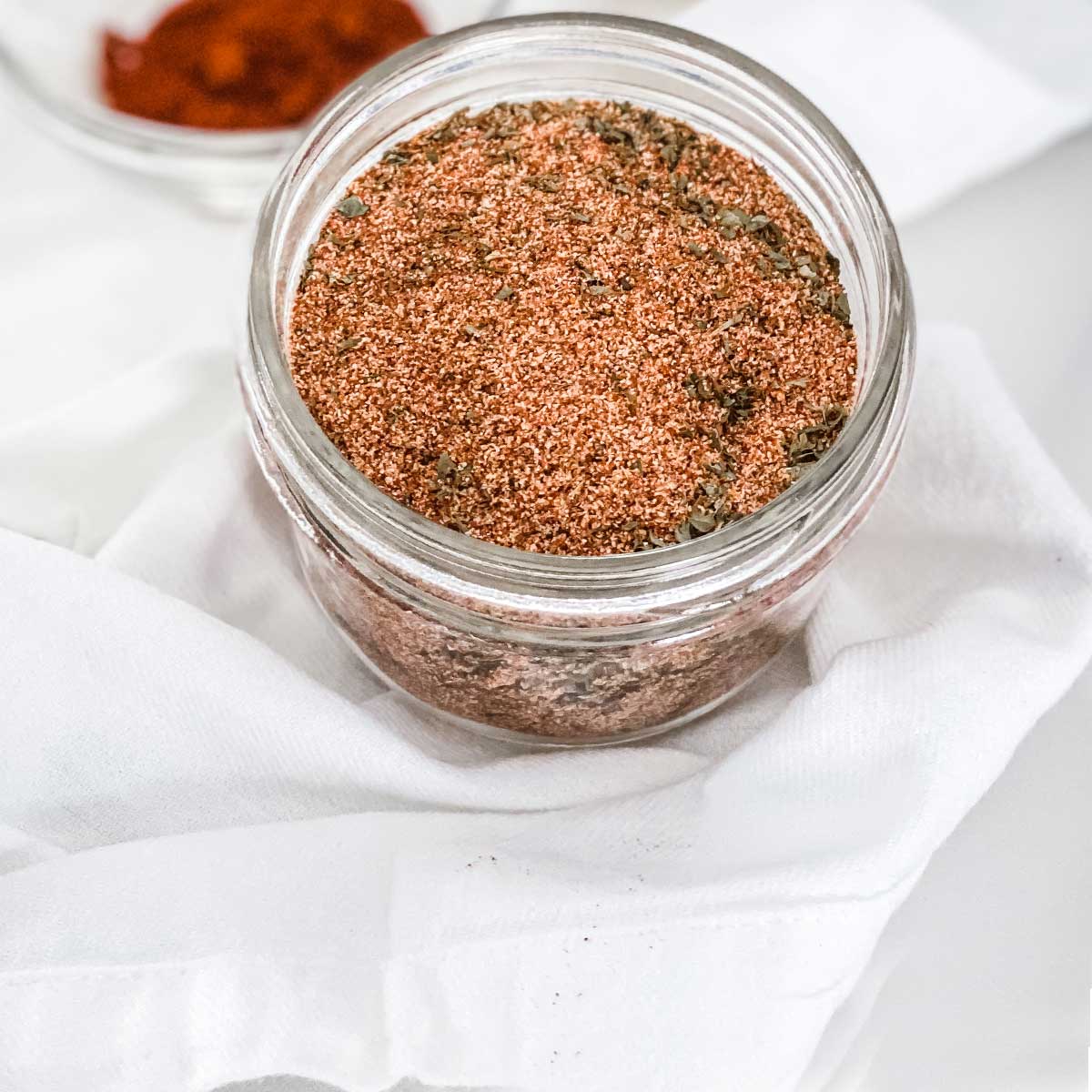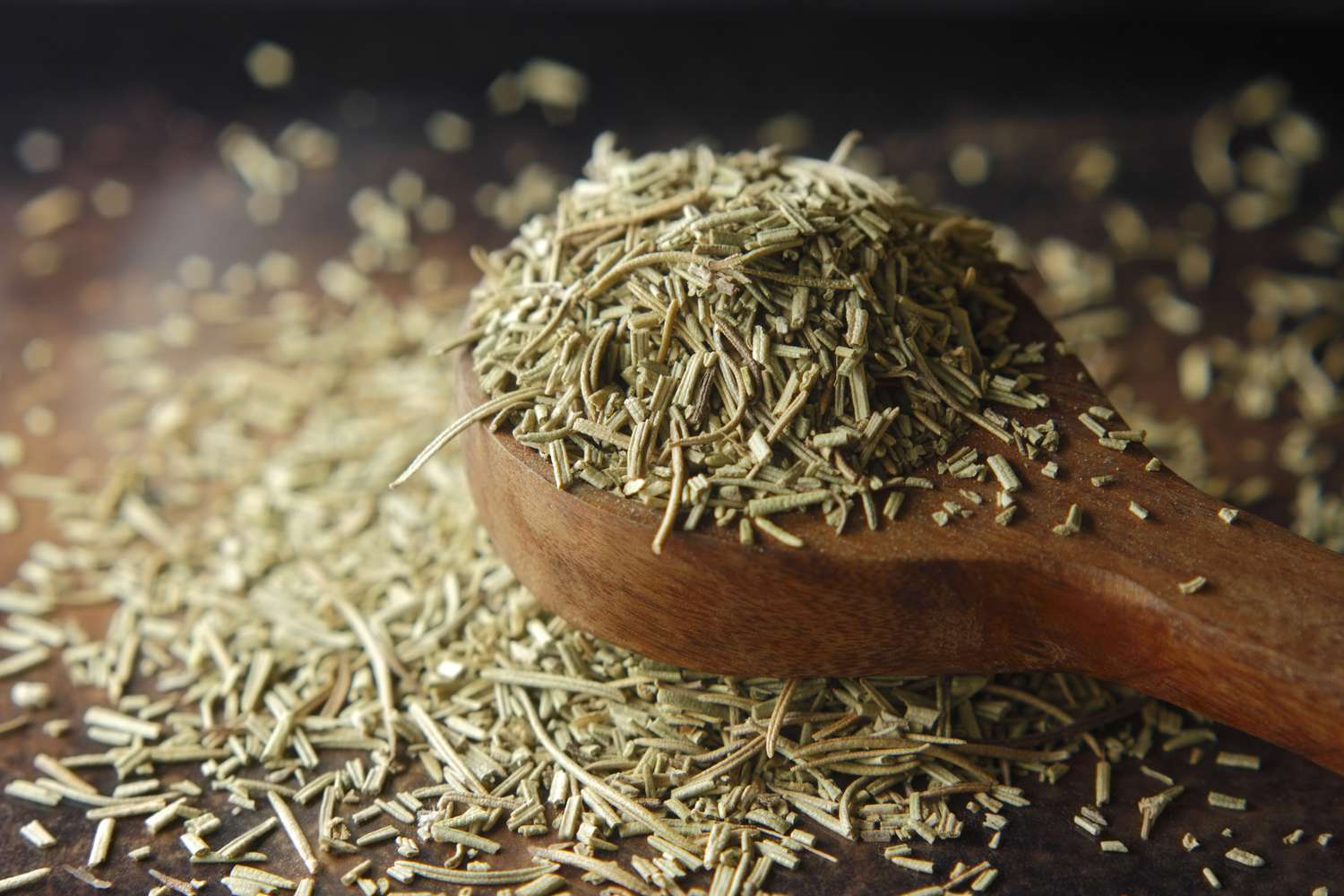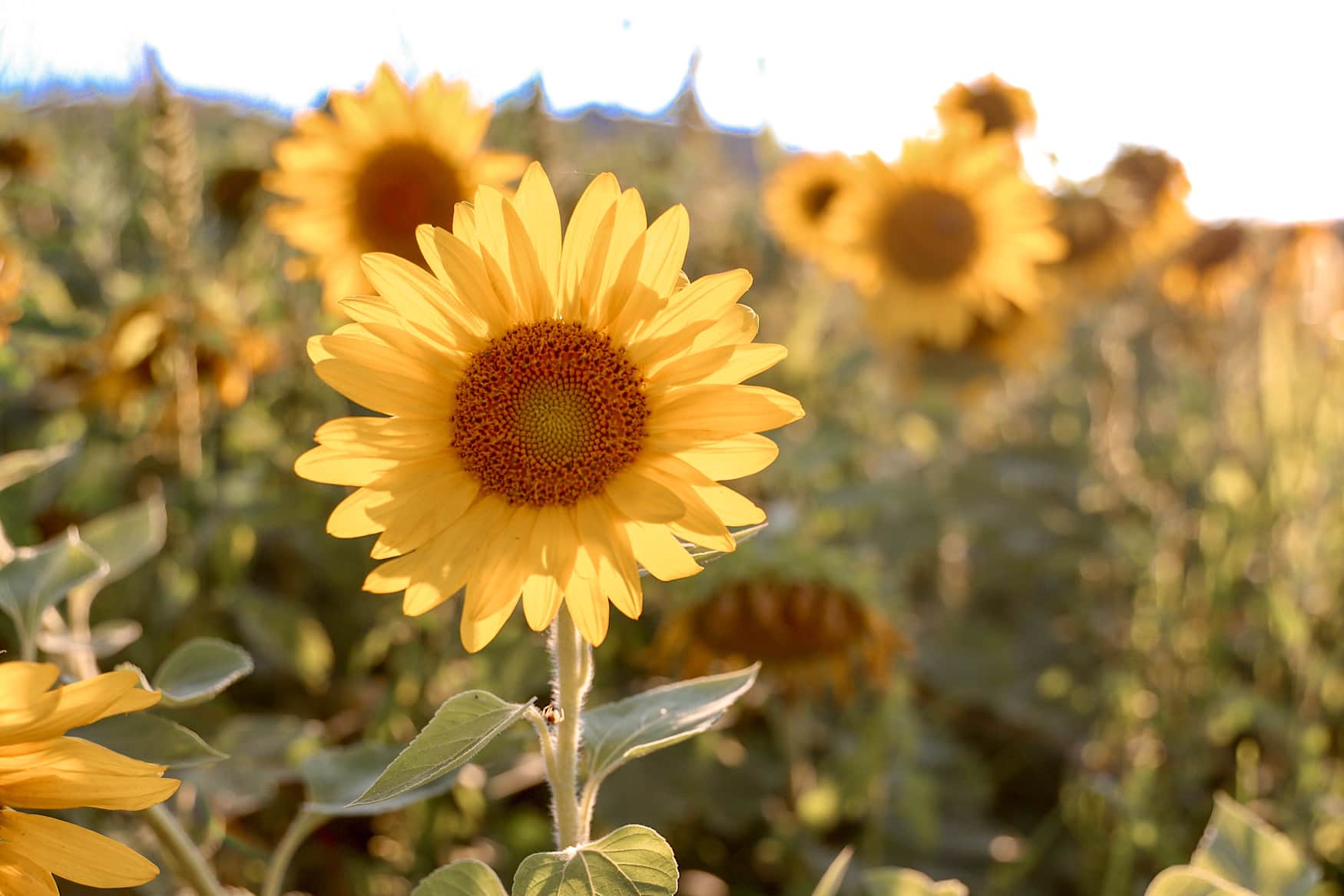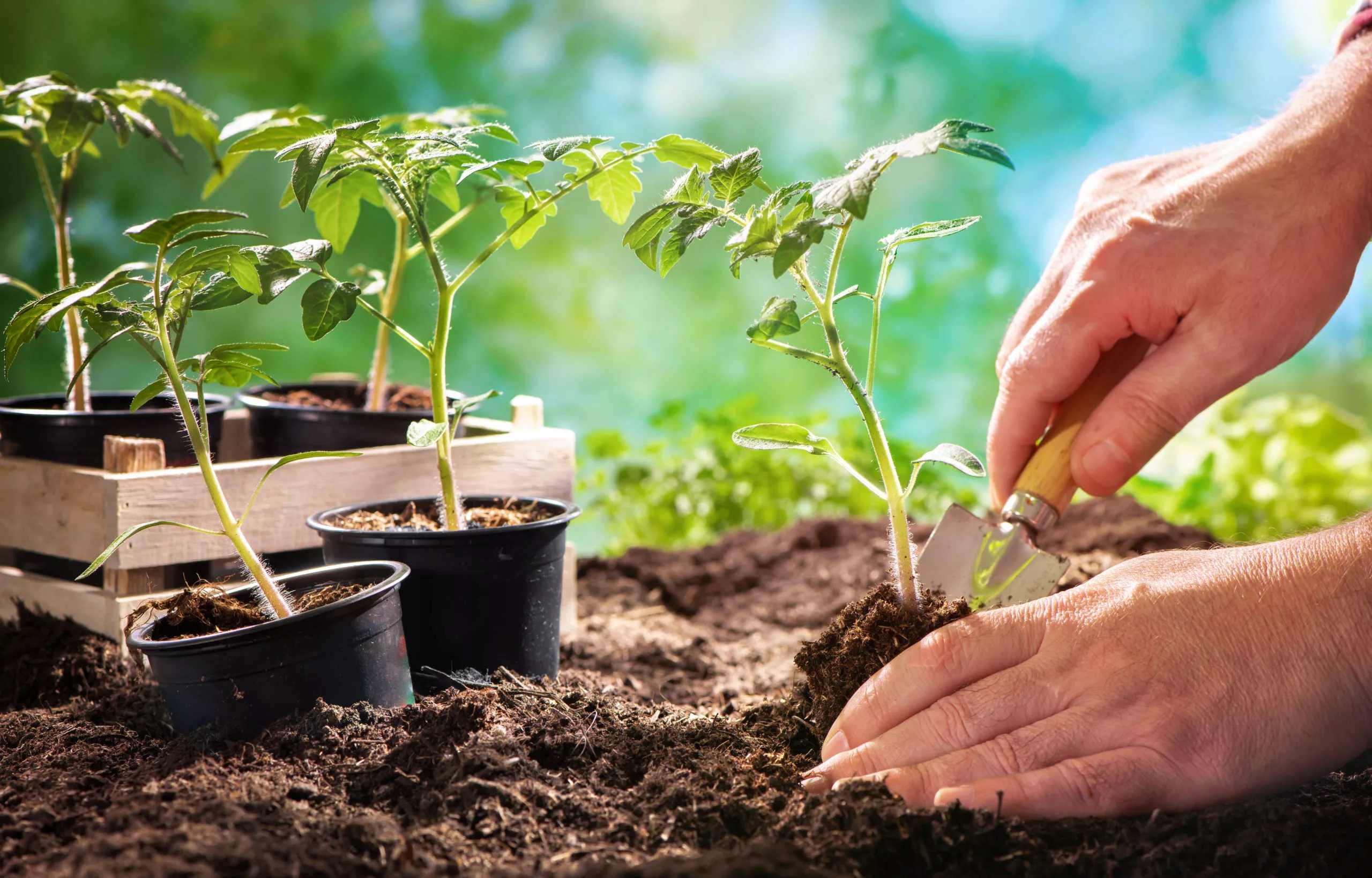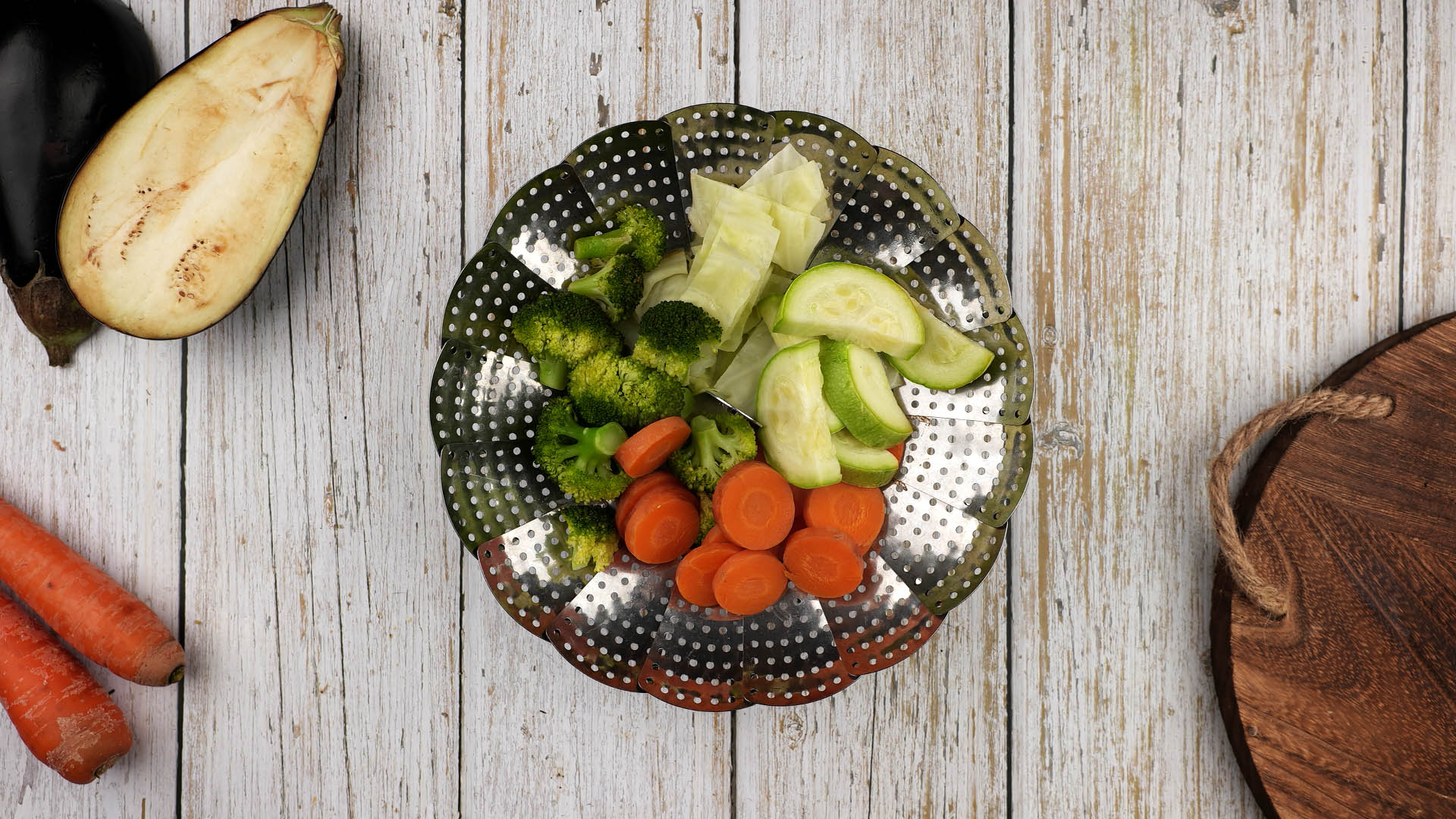Home>Gardening Techniques>Seasonal Gardening>What Is The Blooming Season For Hydrangeas


Seasonal Gardening
What Is The Blooming Season For Hydrangeas
Modified: January 22, 2024
Discover the blooming season for hydrangeas and plan your seasonal gardening with our expert tips.
(Many of the links in this article redirect to a specific reviewed product. Your purchase of these products through affiliate links helps to generate commission for Chicagolandgardening.com, at no extra cost. Learn more)
Table of Contents
Introduction
Hydrangeas are exquisite flowering plants that bring a touch of beauty and elegance to any garden. Whether you are an avid gardener or just beginning to cultivate your green thumb, understanding the blooming season for hydrangeas is essential for their care and maintenance. By knowing when these stunning blossoms appear, you can plan and prepare your garden accordingly.
Hydrangeas are renowned for their large, showy flower clusters that come in a variety of vibrant colors, including pink, blue, purple, and white. These versatile flowers can be used as eye-catching focal points in garden beds, as well as charming additions to bouquets and floral arrangements. However, their blooming season can vary depending on several factors, including the type of hydrangea and the climate in which they are grown.
In this article, we will delve into the captivating world of hydrangea blooming seasons. We will explore the factors that influence when these plants burst into full bloom and provide insights into how to extend their blooming period. So, if you are ready to immerse yourself in the enchanting world of hydrangeas, let’s get started!
Understanding Hydrangeas
Before we dive into the blooming season of hydrangeas, let’s take a closer look at these fascinating plants. Hydrangeas belong to the Hydrangeaceae family and are native to Asia and the Americas. They are deciduous shrubs that can thrive in a wide range of climatic conditions, making them a popular choice among gardeners worldwide.
One of the unique characteristics of hydrangeas is their ability to change color based on the soil pH. They have a pigment called anthocyanin, which reacts with the acidity or alkalinity of the soil to produce different shades of flowers. In acidic soil (pH below 6), hydrangeas tend to bloom blue, while alkaline soil (pH above 6) results in pink or purple blossoms. White hydrangeas are not influenced by soil pH and maintain their color regardless of the soil conditions.
Hydrangeas have a long history and are steeped in symbolism. In Eastern cultures, they are associated with gratitude, heartfelt emotions, and abundance. In Victorian times, hydrangeas were considered a symbol of vanity due to their excessive number of flowers per plant. However, today they are primarily cherished for their aesthetic appeal and ability to create stunning displays in gardens of all sizes.
Understanding the different types of hydrangeas is crucial for determining their blooming season. There are several popular varieties, including the mophead hydrangea (Hydrangea macrophylla), lacecap hydrangea (Hydrangea macrophylla normalis), oakleaf hydrangea (Hydrangea quercifolia), and panicle hydrangea (Hydrangea paniculata). Each type has its own unique characteristics and blooming patterns.
Now that we have acquainted ourselves with the fascinating world of hydrangeas, let’s explore the factors that influence the blooming season of these stunning plants.
Factors Affecting Blooming Season
The blooming season of hydrangeas can be influenced by various factors. Understanding these factors can help you anticipate when your hydrangeas will burst into full bloom and ensure that you provide the optimal conditions for their growth and flowering. Here are some key factors that can affect the blooming season of hydrangeas:
- Pruning: Timing and technique of pruning play a vital role in hydrangea blooming. Different hydrangea species have different blooming habits, so it’s essential to know the specific requirements for each type. For instance, mophead hydrangeas bloom on old wood, so pruning them in late summer or early fall can reduce their blooming potential for the following year. On the other hand, panicle hydrangeas bloom on new wood and can be pruned in late winter or early spring without affecting their flowering.
- Sunlight: Hydrangeas generally thrive in partial shade or filtered sunlight. However, sunlight requirements can vary depending on the specific type and variety. Insufficient sunlight can result in sparse or delayed blooms, while excessive sunlight can cause wilting and scorching of the flowers. It is important to find the right balance of sunlight exposure to ensure optimal blooming.
- Watering: Hydrangeas have moderate water needs and prefer consistently moist soil. Overwatering or underwatering can hinder their blooming. It is important to provide regular and deep watering, allowing the soil to dry slightly between waterings. Mulching around the base of the plant can help retain moisture and regulate soil temperature.
- Soil pH: As mentioned earlier, soil pH can affect the color of hydrangea flowers. If you desire blue blooms, acidic soil with a pH below 6 is ideal, while a pH above 6 will result in pink or purple flowers. Conducting a soil test and amending the soil accordingly can help achieve the desired flower color.
- Temperature: Hydrangeas have different temperature requirements based on their variety. Some types, such as oakleaf hydrangeas, are more cold-hardy and can tolerate colder temperatures, while others, like mophead hydrangeas, are more sensitive to frost. Extremely high temperatures during the summer months can also impact blooming, causing the flowers to wilt or fade prematurely.
By considering and addressing these factors, you can ensure that your hydrangeas have the best chance of thriving and producing abundant, beautiful blooms. Now, let’s explore how the climate and region can influence the blooming season of hydrangeas.
Climate and Region
The climate and region in which hydrangeas are grown have a significant impact on their blooming season. Hydrangeas are adaptable to various climates, but their specific blooming patterns can vary based on the environmental conditions. Here are some key aspects to consider:
Temperature: Hydrangeas thrive in moderate temperatures, typically between 60 to 70 degrees Fahrenheit (15 to 21 degrees Celsius). Cool climates with mild summers are ideal for hydrangea cultivation as they promote healthy growth and abundant blooms. In regions with hot and humid summers, hydrangeas may struggle, and their blooming season can be shortened or affected by heat stress.
Winter Hardiness: Different hydrangea varieties have varying levels of winter hardiness. Some are more cold-tolerant and can withstand freezing temperatures, while others may require protection or winter wrapping in colder regions. Understanding the winter hardiness of your hydrangeas is crucial for their survival and blooming potential.
Frost Dates: Spring frosts can be a concern for hydrangeas, as cold temperatures can damage the flower buds and impact the blooming season. Knowing the average last frost dates in your region can help you determine the best time to plant or uncover your hydrangeas to avoid any frost-related damage.
Growing Zones: Hydrangeas have different adaptability to USDA hardiness zones, which are a standardized classification system based on average minimum winter temperatures. Different hydrangea species and varieties are suitable for specific growing zones. It’s essential to choose hydrangeas that are recommended for your particular growing zone to ensure optimal blooming.
Microclimates: Within a region, there can be microclimates that offer slightly different growing conditions. These microclimates can be influenced by factors such as elevation, proximity to bodies of water, or the presence of buildings or trees. Understanding the microclimate in your garden can help you select hydrangea varieties that are well-suited for those specific conditions and maximize their blooming potential.
By considering the climate and region in which your hydrangeas are grown, you can make informed decisions regarding their care and ensure that they have the best chance of thriving and blooming beautifully. Now, let’s explore the blooming time for different types of hydrangeas.
Types of Hydrangeas
Hydrangeas come in a variety of types, each with its own distinctive characteristics and blooming patterns. Here are a few popular types of hydrangeas you might encounter in your gardening endeavors:
- Mophead Hydrangeas (Hydrangea macrophylla): Mophead hydrangeas are known for their large, round flower clusters and are one of the most commonly cultivated hydrangea types. They can produce vibrant blooms in shades of blue, pink, or purple. Mophead hydrangeas bloom on old wood, which means that flower buds are formed during the previous growing season. As a result, they typically bloom in early summer and can persist through the summer months.
- Lacecap Hydrangeas (Hydrangea macrophylla normalis): Lacecap hydrangeas are closely related to mophead hydrangeas and share similar blooming patterns. However, their flower clusters have a more delicate, lace-like appearance, with small, fertile flowers in the center surrounded by larger, showy sterile flowers. Lacecap hydrangeas also come in various colors, including shades of blue, pink, or white.
- Oakleaf Hydrangeas (Hydrangea quercifolia): Oakleaf hydrangeas are named for their distinctive foliage, which resembles oak leaves. These hydrangeas produce elongated flower clusters that turn from white to shades of pink and deep burgundy as they age. Oakleaf hydrangeas are known for their excellent fall foliage color and are more cold-hardy compared to other hydrangea types.
- Panicle Hydrangeas (Hydrangea paniculata): Panicle hydrangeas are valued for their elongated, cone-shaped flower clusters and their ability to tolerate a wide range of climates. They are often cultivated for their strong, showy blooms that can range from white to shades of pink or even red. Panicle hydrangeas bloom on new wood, typically in late summer and early fall.
- Smooth Hydrangeas (Hydrangea arborescens): Smooth hydrangeas are native to North America and are known for their large, round flower heads. The most well-known variety is ‘Annabelle,’ which produces clusters of white flowers. Smooth hydrangeas are valued for their reliability and adaptability, performing well in various climates and soil conditions.
These are just a few examples of the diverse range of hydrangea types available. Each type has its own unique blooming time and characteristics, so it’s important to choose varieties that align with your preferences and growing conditions. Now, let’s delve into the specific blooming time for different types of hydrangeas.
Blooming Time for Different Types
The blooming time for hydrangeas can vary depending on the type and variety. Understanding the specific blooming periods for different types of hydrangeas can help you plan and anticipate when to expect their stunning blossoms. Here is a breakdown of the blooming time for some common hydrangea types:
- Mophead Hydrangeas (Hydrangea macrophylla): Mophead hydrangeas typically bloom in early to mid-summer. The exact timing can vary depending on the climate and region. In general, they start producing flower buds in late summer or early fall of the previous year, and these buds overwinter on the branches. When spring arrives, these buds develop into beautiful, rounded flower clusters that can last for several weeks.
- Lacecap Hydrangeas (Hydrangea macrophylla normalis): Lacecap hydrangeas follow a similar blooming schedule to mophead hydrangeas. They also produce flower buds on old wood, resulting in blooms that appear in early to mid-summer. The delicate, lace-like flower clusters create a stunning display that can last for several weeks.
- Oakleaf Hydrangeas (Hydrangea quercifolia): Oakleaf hydrangeas have a slightly different blooming time compared to mophead and lacecap hydrangeas. They typically start blooming in late spring and continue into early summer. The flower clusters change color as they age, transitioning from white to pink or deep burgundy, offering a multi-colored spectacle in the garden. Oakleaf hydrangeas are also known for their long-lasting blooms, often persisting for several weeks.
- Panicle Hydrangeas (Hydrangea paniculata): Panicle hydrangeas have a unique blooming time compared to other hydrangea types. They typically start blooming in mid to late summer and continue into early fall. The large, cone-shaped flower clusters emerge as creamy white and gradually transition to shades of pink or even red as they age. Panicle hydrangeas offer a spectacular show in late summer and early fall when other flowering plants may start to fade.
- Smooth Hydrangeas (Hydrangea arborescens): Smooth hydrangeas, particularly the ‘Annabelle’ variety, are known for their round, white flower heads. They typically begin blooming in mid to late summer and can continue into early fall. The abundant and long-lasting blooms of smooth hydrangeas make them a popular choice for gardeners seeking a reliable and showy display.
It is important to note that while these are general guidelines, blooming time can vary based on factors such as the climate, region, and specific variety of hydrangea. Observing your hydrangeas closely and familiarizing yourself with their specific blooming habits will help you determine the approximate blooming time in your garden.
Now that we have explored the blooming time for different types of hydrangeas, let’s move on to some tips for extending the blooming season.
Tips for Extending the Blooming Season
As a gardener, you may want to extend the blooming season of your hydrangeas to enjoy their beautiful flowers for as long as possible. While the blooming time of hydrangeas is influenced by natural factors, there are strategies you can employ to prolong their blooming period. Here are some tips to help you extend the blooming season:
- Proper Pruning: Pruning hydrangeas at the right time and using the correct technique can promote healthy growth and maximize blooming potential. Understanding the specific pruning requirements for your hydrangea variety is crucial. Mophead and lacecap hydrangeas, for example, bloom on old wood, so it is best to prune them immediately after flowering. Panicle hydrangeas, on the other hand, bloom on new wood and can be pruned in late winter or early spring.
- Provide Adequate Water: Hydrangeas have moderate water needs and require consistent moisture to thrive and produce abundant blooms. Providing adequate water, especially during dry spells or hot summer months, will ensure that the plant remains hydrated and healthy. Be careful not to overwater, as this can lead to root rot. A good rule of thumb is to water deeply but allow the soil to dry slightly between waterings.
- Apply Mulch: Mulching around the base of your hydrangeas can help retain moisture, regulate soil temperature, and suppress weed growth. Apply a layer of organic mulch, such as shredded bark or compost, in early spring to conserve moisture and create optimal growing conditions for your hydrangeas.
- Protect from Extreme Temperatures: Extreme heat or cold can impact the blooming season of hydrangeas. In regions with hot summers, providing afternoon shade or using shade cloth can help protect the plants from scorching and prolong their blooming period. Similarly, in colder regions, offering protection from harsh winter winds and frost can prevent damage to the flower buds and promote a more fruitful blooming season.
- Feed with Fertilizer: Hydrangeas benefit from regular feeding with a well-balanced fertilizer to support their growth and blooming. Apply a slow-release fertilizer specifically formulated for hydrangeas in early spring, following the package instructions. Additionally, supplementing with a phosphorus-rich fertilizer can promote blooming and enhance the vibrancy of the flowers.
- Consider Container Gardening: Growing hydrangeas in containers provides the advantage of mobility. By placing the containers in different locations, you can manipulate the plant’s exposure to sunlight, temperature, and other factors that can influence blooming. This flexibility allows you to extend the blooming season by creating optimal conditions based on the specific needs of your hydrangeas.
By implementing these tips, you can extend the blooming season of your hydrangeas and enjoy their stunning flowers for an extended period. However, it is essential to remember that hydrangeas are living plants, and their blooming is ultimately influenced by nature. Embrace the beauty and impermanence of each blooming season, and savor the moments of joy and splendor that these lovely flowers bring to your garden.
Now that we have explored ways to extend the blooming season, let’s reflect on the valuable insights we have gained.
Conclusion
Hydrangeas are enchanting flowering plants that grace gardens with their beauty and elegance. Understanding the blooming season for hydrangeas is essential for gardeners who wish to cultivate these stunning blooms and maximize their visual impact. By considering factors such as pruning, sunlight, watering, soil pH, temperature, climate, and region, you can create the optimal conditions for your hydrangeas to thrive and flourish.
We explored the various types of hydrangeas, including mophead, lacecap, oakleaf, panicle, and smooth hydrangeas, each with its distinct blooming time and characteristics. By selecting hydrangeas that are well-suited to your climate and region, you can ensure a successful blooming season.
Additionally, we discussed tips for extending the blooming season of hydrangeas, such as proper pruning techniques, adequate watering, mulching, protecting from extreme temperatures, fertilizing, and considering container gardening. These strategies can help you prolong the beauty and enjoyment of your hydrangeas throughout the growing season.
Remember, while we can influence and optimize the blooming season of hydrangeas to some extent, nature ultimately determines their growth and flowering. Embrace the ephemeral nature of these exquisite blooms and relish in the joy they bring to your garden while they last.
So go ahead, plant your hydrangeas, tend to them with care, and eagerly await the arrival of their stunning blossoms. May your garden be filled with an abundance of vibrant hydrangea blooms, enchanting all who lay eyes upon them.
